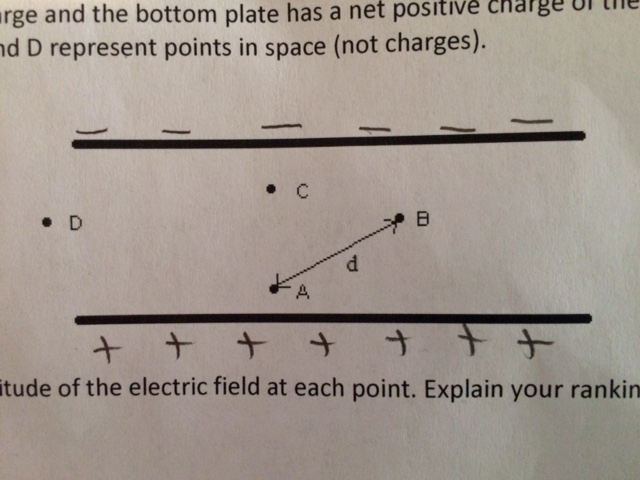
We employ the finite difference method and the orthogonal collocation method on finite elements (in two regions) and compare them.

fraction of heat dissipated from the top and bottom surfaces. For this type of parallel flow the shearing stress is obtained from Eq. Energy Balance for Steady-Flow Systems 12. ANALYSIS: (a) Calculate the Reynolds number to determine nature of the flow, L 0.1m s 1m Re L ×1161 686. The fluid can be considered as adjacent layers on top of each others. Final answer Previous question Next question Transcribed image text: 7.13 Consider a flat plate subject to parallel flow (top and bottom) characterized by u. the plate velocity, U, and the fluid in contact with the bottom fixed plate. ASSUMPTIONS: (1) Critical Reynolds number is 5 × 105, (2) Flow over top and bottom surfaces.

One must solve for the location of the interface between the two fluids as well as for the velocity profile. The boundary conditions for flow between flat plates are In this case, we ignore the term in the differential equation with (1/r), and think of r as x. Consider the flow of a fluid over a flat plate, the velocity and the temperature of the fluid approaching the plate is uniform at U and T. Velocity Boundary Layer: Consider the flow of fluid over a flat plate as shown. In parallel-flow heat exchangers, the two fluids enter the. Boundary-layer analysis for fluid flow over a flat plate predicts the following relationships between the local Sherwood ( S h x ) \left(\mathrm(x, y) d x d y c p, q = 4 ∫ D f ( x, y ) ϕ p, q ( x, y ) d x d y.Consider a steady, turbulent boundary layer on an isothermal flat plate of temperature T s T_ \right) = f ( r ) ∂ φ ( r, 0 ) / ∂ θ = 0, φ ( r, θ 0 ) = f ( r ). Consider the flow of two immiscible fluids between two flat plates in fully developed flow, as shown in Figure 1. The top, bottom, front and back of the cube are insulated, so that heat. There are three primary classifications of heat exchangers according to their flow arrangement.


 0 kommentar(er)
0 kommentar(er)
